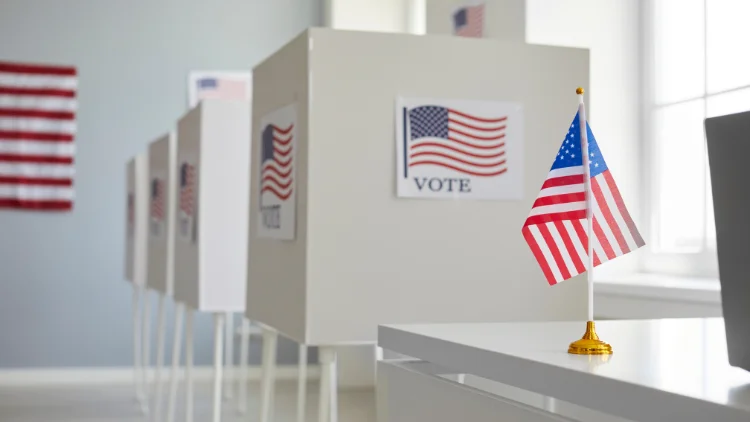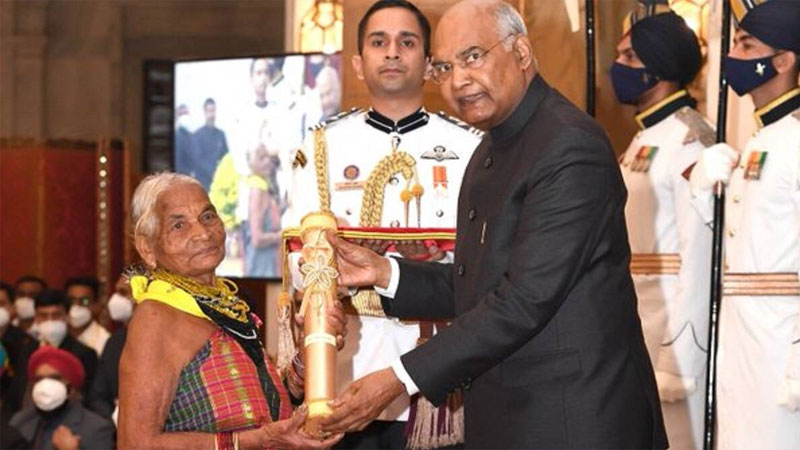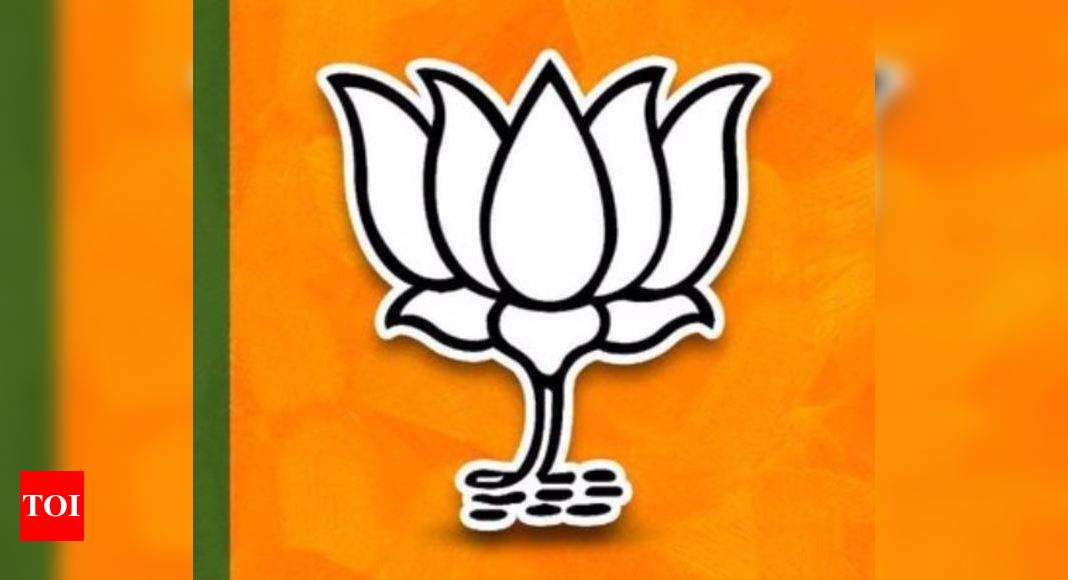
Possible changes in India US ties
News in Brief
With a potential regime change in the United States, the geopolitical relationship between the US and India is expected to undergo significant shifts. A new US administration could impact defense cooperation, economic policies, and human rights discussions. While defense collaborations might be recalibrated, India’s strategic importance as a counterbalance to China could keep ties strong. Trade relations might either deepen or face new challenges depending on US policies. India, in turn, would likely maintain its strategic autonomy while diversifying alliances and recalibrating its economic strategy to reduce dependence on the US. Cultural and people-to-people ties are expected to remain strong despite political shifts. Both nations will navigate these changes with cautious optimism, balancing strategic interests.
New Delhi: In the wake of an imminent regime change in the United States, the geopolitical landscape is poised for significant shifts, particularly in the complex dynamic between the US and India. This narrative explores the potential impacts on both countries' policies, drawing from historical precedents, current interactions, and the influence of new leadership.
US Policy Towards India:
With a new administration potentially coming into power, the US policy towards India could see a range of transformations:
Strategic Autonomy and Defense Cooperation:
A change in administration might either strengthen or challenge the existing defense collaborations. If the new US leadership leans towards a more isolationist policy or reevaluates its commitments in the Indo-Pacific region, there could be a recalibration of military engagements. However, given India's strategic importance as a counterbalance to China, even a more inward-focused US might continue to foster defense ties, perhaps with a focus on technology transfer or joint exercises. The foundational agreements like COMCASA, LEMOA, and BECA might be expanded or scrutinized, depending on the new government's stance on global strategic partnerships.
Economic Policies: The trade relationship, which has seen substantial growth but also friction over tariffs, could either deepen or become more contentious. A protectionist US administration might push for harder negotiations or impose new trade barriers, while a more globalist approach could lead to further liberalization of trade, especially in high-tech and digital services where India has a strong presence.
Human Rights and Democracy: Depending on the ideological leanings of the new US leadership, there might be a shift in how human rights issues in India are addressed. A government with a strong emphasis on democratic values might critique India more openly, possibly affecting bilateral relations. Conversely, a more pragmatic approach might prioritize strategic interests over vocal criticism of internal policies.
India's Policy Towards the US:
India's response to a new US administration would be equally nuanced:
Strategic Independence: India has historically maintained a policy of strategic autonomy. In the face of a US regime change, India would likely continue this stance, ensuring its foreign policy isn't overly dependent on one superpower. However, India might also see an opportunity to leverage the change for better terms in defense and economic agreements, playing on the new administration's eagerness to establish or re-establish global partnerships.
Diversification of Alliances: India might intensify efforts to diversify its international relations, strengthening ties with other powers like Russia and Europe, to safeguard against any unpredictability from a new US administration. This could mean a more robust engagement in multilateral forums like the Quad but also in other groupings where US influence might wane or shift.
Economic Strategy: With potential changes in US economic policies, India could recalibrate its economic strategy, focusing on reducing dependence on American markets or technology while simultaneously seeking to exploit new opportunities that might arise from a different US policy landscape. There could be an increased push towards self-reliance in critical sectors like semiconductors or pharmaceuticals.
Cultural and People-to-People Ties: Despite political changes, the cultural and educational exchanges between the two nations might remain robust, given the significant Indian diaspora in the US and the mutual benefits of academic and professional collaborations.
In conclusion, the story of US-India relations post-regime change in America would be one of cautious optimism, strategic recalibration, and a balancing act of interests. Both nations would navigate this transition with an eye on maintaining beneficial outcomes while preparing for possible shifts in the international arena.
Advertise with US
Advertise with US


